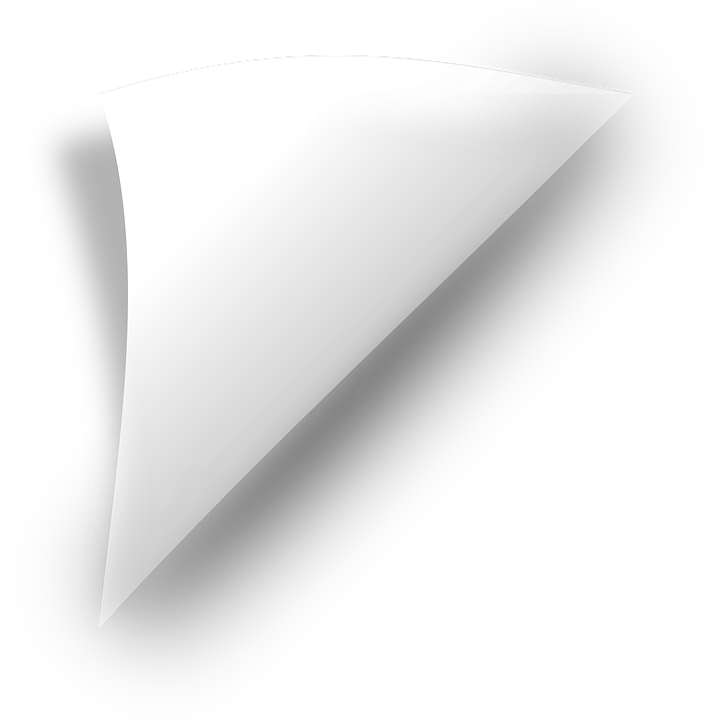- Home
- ComplicAID Home
- Bypass Graft Complications Book


BYPASS GRAFT COMPLICATIONS
Coronary artery bypass graft procedure is usually performed in severe three-vessel disease or two vessels with a left main disease using arterial or vein grafts. The grafts' longevity varies depending on many factors, including the quality of the grafts, underlying comorbidities, and surgical techniques. However, saphenous vein grafts (SVGs) are prone to degeneration and occlusion, leading to poor long-term patency compared with arterial grafts with ~ 10−25% of SVGs failure within the first year after CABG surgery 1,2 and late graft failure at ≥ten years is 40 -50%.3 Hence, PCI of the native artery should be the preferred
Common Complications associated with percutaneous intervention of bypass grafts are:
- Slow flow/ no-reflow
- Peri-procedural myocardial infarction
Slow flow/No-reflow
It is a common complication of degenerative graft intervention and can be preventable/treatable if the appropriate treatment steps are followed.
Incidence: 10-15% cases of percutaneous intervention (PCI) in aortocoronary saphenous vein grafts (SVG).
- Optimal anticoagulant and antiplatelet therapy
- Ensure to obtain optimal guiding-catheter support
- Consider aspiration thrombectomy in a setting of heavy thrombus burden
- Avoid pre and post dilation if possible
- Direct stenting strategy if feasible
- Use of embolic protection devices(EPD) whenever technically feasible
- Ensure to keep the optimal blood pressure (SBP > 100Hg) and give fluids, vasopressors, and pacing as needed
- Administer intracoronary vasodilators, such as adenosine, nitroprusside, nitroglycerin, nicardipine, and verapamil administered distally in the vessel if necessary, via a dual-lumen microcatheter (Twin-pass catheter)
- If EPD is used, consider to use aspiration thrombectomy to clear debris from the filter first, then remove the filter if necessary. New filter can be placed if needed.
- If hemodynamically unstable, place an intra-aortic balloon pump to augment coronary perfusion pressure
Peri-procedural Myocardial infarction
The risk of developing CK-MB elevation is relatively higher during saphenous vein graft (SVG) than native coronary intervention, probable due to more friable atherosclerotic or thrombotic components of the SVG lesions.5
Incidence: 15% of patients who underwent SVG intervention were found to have CK-MB levels >5x the upper limit of normal (ULN).6
- Avoid pre-dilation with balloon angioplasty
- Use Direct stenting strategy whenever possible (direct stenting were associated with nearly a 50 % reduction in CK-MB level elevations >4x normal)7
- Appropriate stent sizing
- Avoid high pressure balloon inflation with maximum inflation pressures of 12-14 atm.
- Adequate use of anticoagulant and antiplatelet therapy
- Use of Embolic protection devices whenever possible
- Use of post PCI optimal antiplatelet therapy (Dual antiplatelets) if there is no contraindication
- Use of coronary vasodilators if there is slow flow/no-reflow phenomenon
- Consider to use oral coronary vasodilators and beta blocker if residual chest pain presents
- Optimize medical therapy for underlying comorbidities
References
- Hess, C. N. et al. Saphenous vein graft failure after coronary artery bypass surgery: insights from PREVENT IV. Circulation 130, 1445–1451 (2014).
- Fitzgibbon, G. M. et al. Coronary bypass graft fate and patient outcome: angiographic follow-up of 5,065 grafts related to survival and reoperation in 1,388 patients during 25 years. J. Am. Coll. Cardiol. 28, 616–626 (1996).
- Caliskan E, de Souza DR, Böning A, et al. Saphenous vein grafts in contemporary coronary artery bypass graft surgery. Nat Rev Cardiol. 2020;17(3):155-169. doi:10.1038/s41569-019-0249-3
- Piana RN, Paik GY, Moscucci M, Cohen DJ, Gibson CM, Kugel-mass AD, Carrozza JP Jr, Kuntz RE, Baim DS. Incidence and treatment of “no-reflow” after percutaneous coronary intervention.Circulation 1994;89:2514–2518.
- Abdelmeguid AE, Topol EJ, Whitlow PL, Sapp SK, Ellis SG. Significance of mild transient release of creatine kinase-MB fraction after percutaneous coronary interventions. Circulation.1996; 94:1528–1536.
- Hong MK, Mehran R, Dangas G, et al. Creatine kinase-MB enzyme elevation following successful saphenous vein graft intervention is associated with late mortality. Circulation 1999;100:2400–5.
- Leborgne L, Cheneau E, Pichard A, et al. Effect of direct stenting on clinical outcome in patients treated with percutaneous coronary intervention on saphenous vein graft. Am Heart J 2003;146:501–6.













